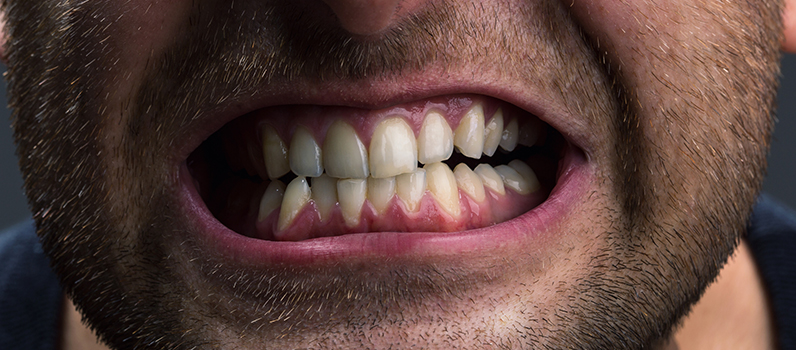Why does my white filling hurt on biting?

Why does my white filling hurt on biting? Fillings replace damaged and diseased tooth structure. Decay and decay affected tooth structure needs to be removed before a filling can be placed. When large amounts of tooth structure are removed from a tooth in this process, the remaining tooth structure becomes weaker and more susceptible to damage from biting and function. It is more flexible and more likely to bend under load. With repeated flexing and bending cracks may develop and eventually leads to fractures in the remaining tooth structure. Cracks or fractures may also occur if you accidentally bite on something hard while eating or if the tooth is overloaded if you have a habit of clenching or grinding.
Diagnosing cracks and minor fractures is often difficult. Tests include clinical testing and visual inspection of the tooth without the filling in place.
Most patients prefer white fillings over traditional metal fillings when replacing damaged tooth structure. White fillings are technique sensitive and require careful placement. Post placement pain is often reported. There are many reasons why you may feel pain and the causes are wide and varied but broadly divided into two categories: technical or biologic.
TECHNICAL: These causes relate to the how the material was placed, contamination, incomplete setting and leakage.
BIOLOGIC: These relate to irreversible nerve/pulpal changes (often requiring root canal treatments) or internal cracks or fractures (Cracked Tooth Syndrome CTS)
Symptoms after placement, when they occur, may take some time to settle. Constant ongoing, persistent pain requires further and immediate investigation. Pain on biting suggests that the remaining tooth structure is compromised and internal cracks or fractures may exist.
DIAGNOSIS: If CTS is suspected, placing a ring around the tooth may help to diagnose the presence of internal cracks. It is recommended that the existing filling be removed and the internal walls of the cavity inspected under magnification to identify the presence of such cracks or fractures. In the worst case scenario, the tooth may required root canal treatment prior to the placement of a crown.









